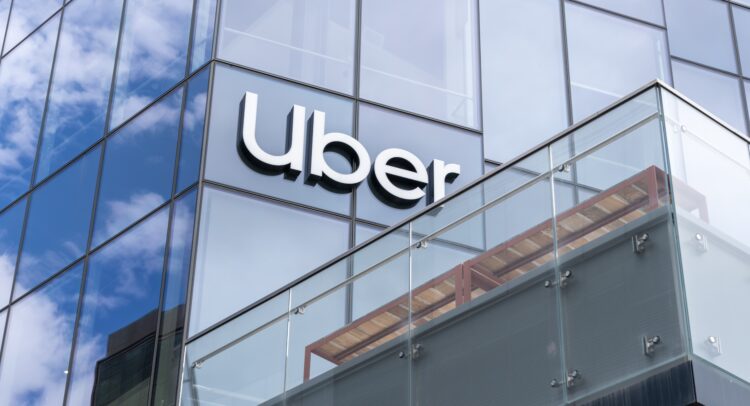Uber’s (UBER) second-quarter earnings are a bit of a mixed bag, with strong revenue growth reflecting robust demand for its ride-sharing and food delivery services. The company reported an impressive 16% increase in revenue, reaching $10.70 billion, which exceeded the Street’s expectations of $10.57 billion. This boost is largely attributed to a resurgence in mobility, as people increasingly return to their pre-pandemic routines.
Uber’s Revenue and Growth Drivers
Uber’s gross bookings soared 19% year-over-year to $39.95 billion, with ride-sharing alone climbing 25% to $6.13 billion. This surpassed analyst predictions of $5.94 billion, showing that Uber’s core business remains strong. “Mobility had a standout second quarter,” Uber CEO Dara Khosrowshahi noted, highlighting that the company saw consistent growth across different use cases and regions, particularly in Latin America and Asia-Pacific, including Brazil, Australia, and India.
On the delivery side, Uber Eats reported $3.29 billion in revenue, slightly missing expectations of $3.32 billion. Despite concerns about consumer spending on dining and delivery, Khosrowshahi stated that the company hasn’t seen any negative impact, thanks to expanded partnerships with Instacart and Costco.
Uber’s Financial Performance
Moving on to Uber’s financial performance, the company’s adjusted earnings per share (EPS) came in at $0.39, significantly beating the consensus estimate of $0.31. Moreover, Uber’s adjusted core earnings came in at $1.60 billion, beating forecasts of $1.51 billion. This performance demonstrates the company’s strong operational efficiency. Adjusted EBITDA, a key measure of profitability, surged 71% to $1.6 billion, reflecting improved margins and effective cost management.
Uber’s Outlook
However, not everything is smooth sailing. For the third quarter of 2024, Uber projected gross bookings between $40.25 billion and $41.75 billion, slightly below analysts’ expectations. The company also anticipates adjusted EBITDA in the range of $1.58 billion to $1.68 billion, which, while strong, is lower than some had hoped. A key currency headwind, attributed to the stronger U.S. dollar, is expected to impact these forecasts.
Is UBER a Buy or Sell Right Now?
Analysts remain bullish about UBER stock, with a Strong Buy consensus rating based on 31 Buys and one Hold. Over the past year, UBER has increased by more than 30%, and the average UBER price target of $87.93 implies an upside potential of 50.4% from current levels. These analyst ratings are likely to change following UBER’s results today.


















